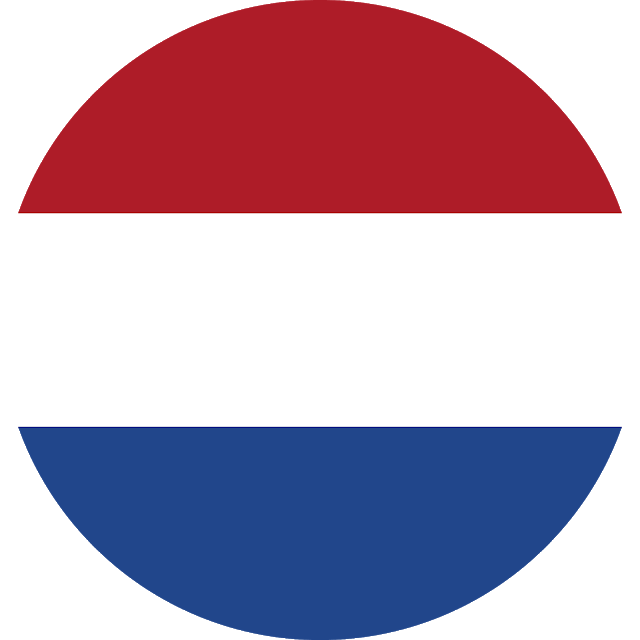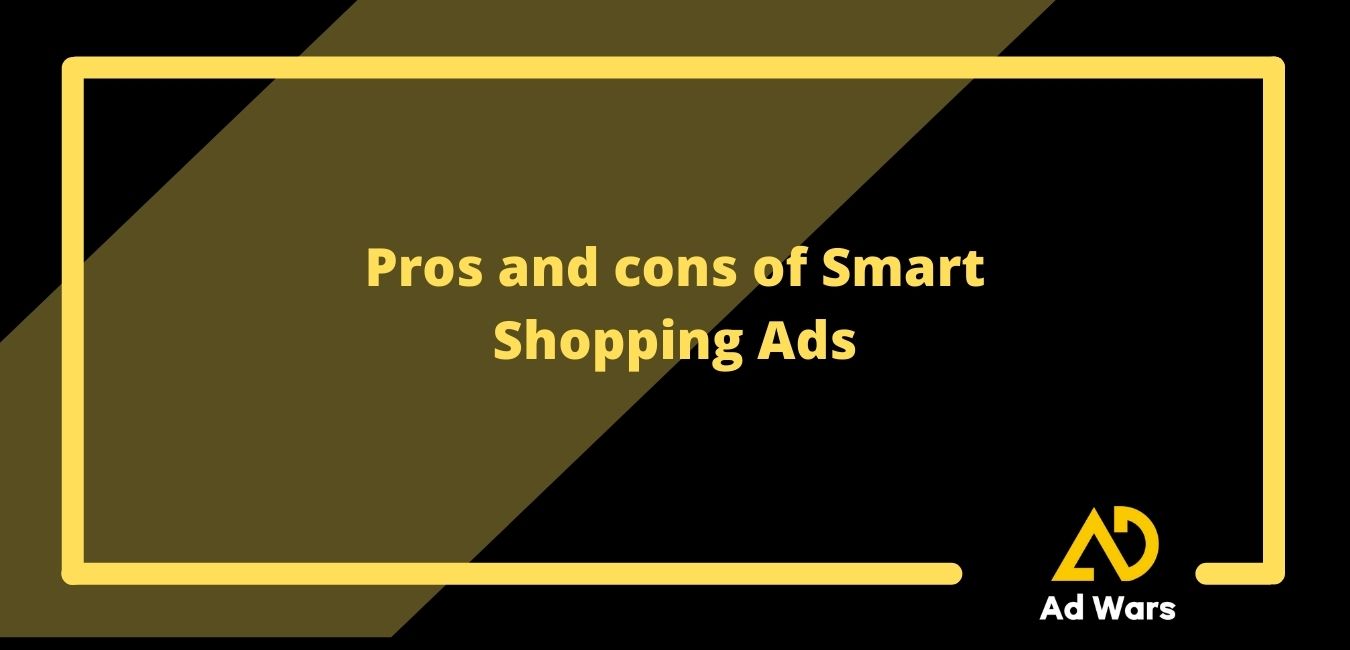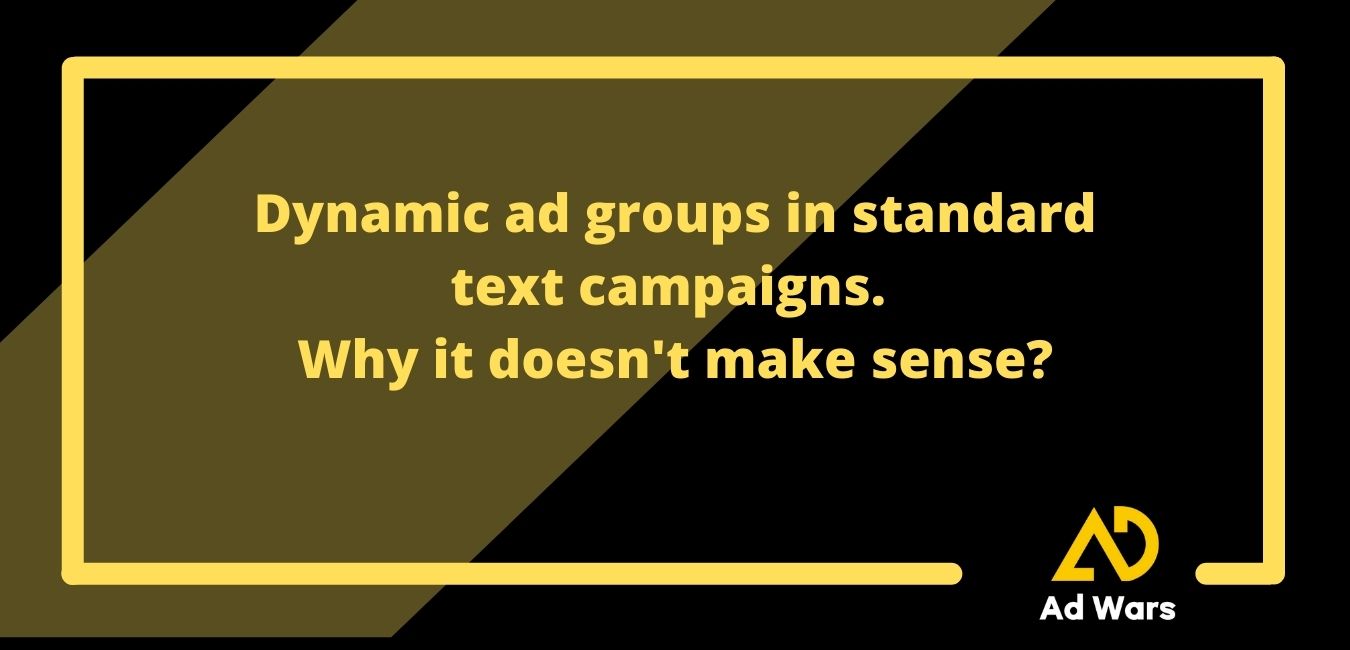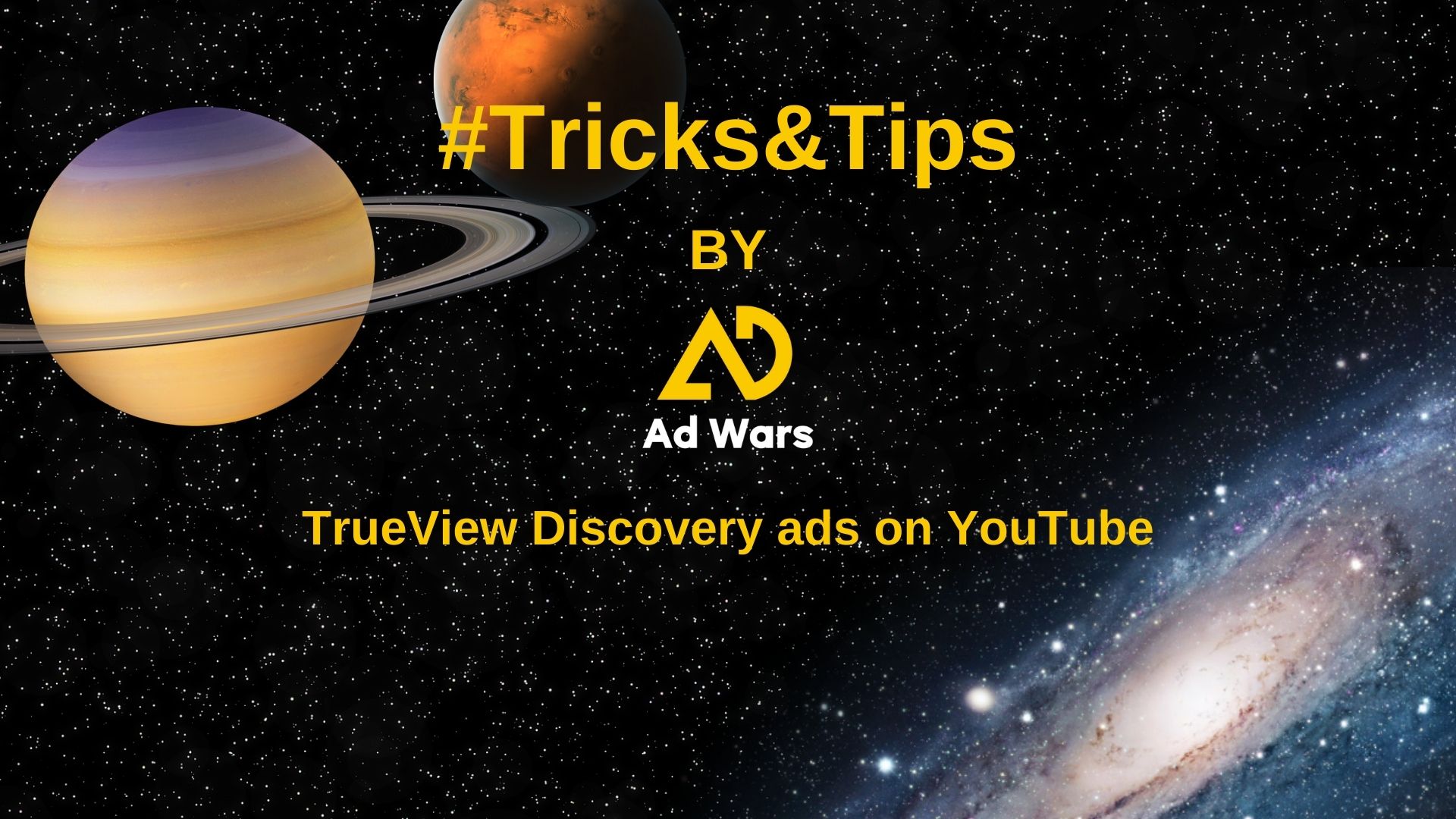SKAG vs Hagakure. Which method makes sense in Google Ads?
22 November 2021
The approach to managing Google Ads campaigns is changing very dynamically. All thanks to the news frequently and systematically introduced by Google. Currently, Google focuses heavily on automatic bidding strategies and machine learning. This is why new ideas for Google Ads account structures and management are born. One of them is the Hagakure method. It stands in stark opposition to SKAG (Single Keyword ad Groups), a technique that people managing Google Ads has been using for a long time. The following conclusions and observations apply to many Search text campaigns but apply to Shopping campaigns.
What is SKAG?
SKAG – Short for Single Keyword Ad Groups. The method is to split your Google Ads account until each ad group (and campaign) contains one exact match keyword. An ad with that keyword in it will be a perfect match for this keyword.
The most significant advantage of this method is that the keyword is perfectly matched to a specific ad and landing page, which is definitely above the ad quality score. This is an essential factor that affects your ad’s position, the number of impressions, and CPC. In addition, we can precisely match the budget and CPC to a particular word/product. I was going to write that management is also more straightforward but not necessary. For people just starting their adventure with Google Ads, accounts with many campaigns are a bit scary.
The downside of this approach is the amount of budget we need for the campaigns. Remember that each campaign has its daily budget. So with the campaign being highly fragmented, we need to allocate a reasonable daily budget to each. “Reasonable budget”, in my opinion, is at least 10/20 times the average CPC for a given campaign. And here the problem becomes because many accounts with a limited budget have no chance of such a small division.
What is Hagakure?
Hagakure is a relatively new word in the Google Ads area. However, it has been known in Japan since the 17th century and is the name of a song written by samurai Yamamoto Tsunetomo, in which he explained the warrior code – Bushido. Just such a curiosity. Now, how does this relate to the structure of your Google Ads account?
Hagakure is the new method of optimizing and managing your Google Ads account. It aims to simplify your account structure to make more use of machine learning and automatic bidding strategies. Looking at the new features introduced by Google, this is the most exciting direction, but it also has several disadvantages.
Let’s start with pluses like in the SKAG method. Here we can certainly include a simple account structure and less work to manage the campaign itself. Thanks to such a simplified account structure, each campaign has more data that allows machine learning algorithms responsible for automatic bid adjustment.
However, there is also the other side of the coin. This method uses dynamic ad groups in standard Search campaigns. I wrote about why this is not a good idea in the post “Dynamic ad groups in standard text campaigns. Why it doesn’t make sense?” – I recommend reading. In addition, fewer campaigns force us to create more ad groups with many keywords in one campaign. This leads to the fact that we are not able to match the ads to keywords perfectly. Additionally, there may be situations where some ad groups may stop running in campaigns with a large number of ad groups that are limited by budget.
More about the Hagakure method can be found in the great post “Hagakure Method on Google Ads: How to Make the Most of Smart Bidding”
Which Google Ads campaign optimization method should you choose?
As you can see, both methods have their advantages and disadvantages that you need to remember. Therefore, there is no simple answer as to which way is the ideal one. For me, the best option is somewhere in the middle. It does not allow you to use 100% of the advantages of each of the methods. It allows you to adjust to the budget that you have at your disposal in your Google Ads campaigns and eliminate most of the disadvantages of both methods.
While planning the account structure for my clients’ campaigns, I do not divide them into one ad group and simplify the account structure. However, I keep in mind the disadvantages of the Hagakure method, and I don’t do too many ad groups in my campaigns. I certainly am not adding a dynamic ad group to my standard Search Network campaign. I only switch to them when the campaign gets the proper conversions for automated bidding strategies. Before this step, I use manual bidding and pay great attention to following and excluding keywords from the “search terms” tab. This approach certainly takes more time when optimizing the campaign, but in my opinion, it provides much better data quality for later changes to automated bidding strategies.
As usual in the topics of Google Ads and Analytics, the answer to what to choose is “it depends”. However, I hope that this post will explain the pros and cons of both methods and allow you to choose the right one for your campaign. I also recommend combining the advantages and disadvantages of both methods and choosing your path that will ideally suit the campaign you run. I would love to know your opinions and the methods you use. It will be fun if you share them in the comment.





No comments